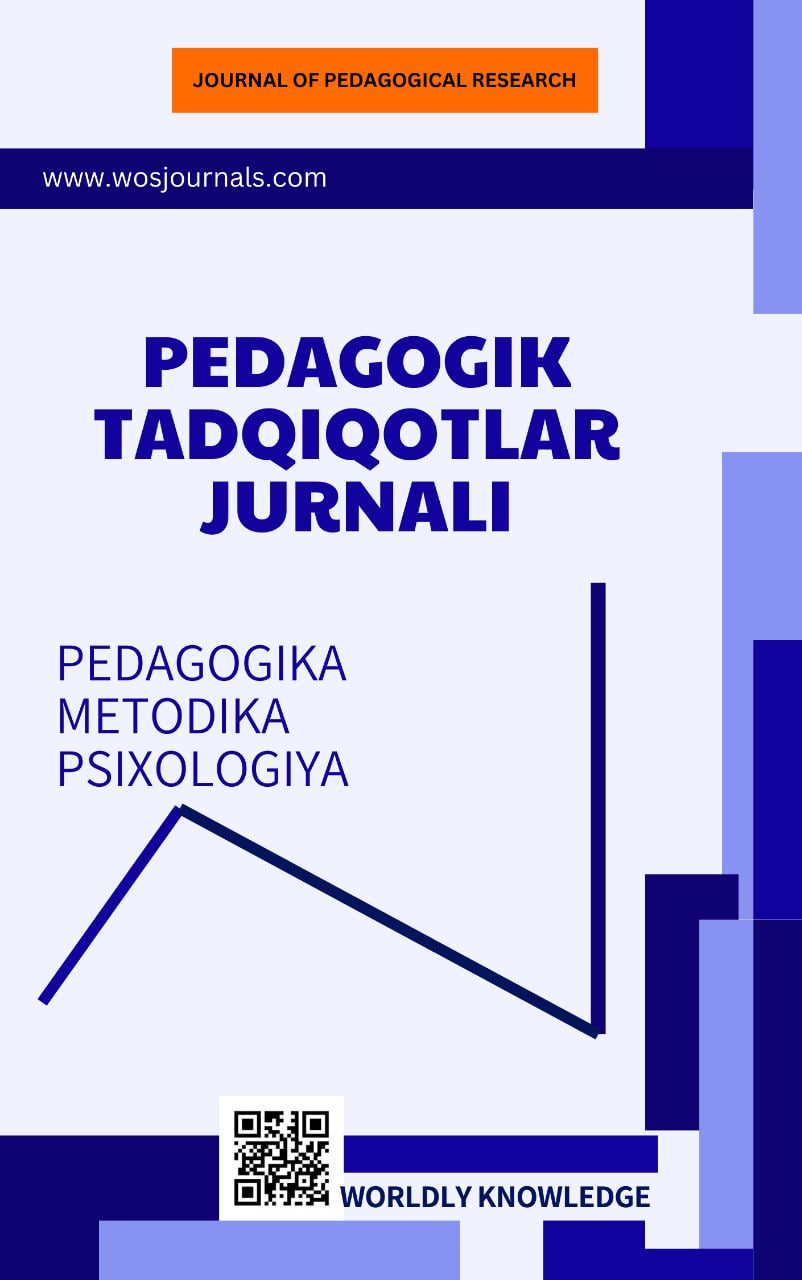FORMS OF EXPRESSION OF VERBAL AND NON-VERBAL SPEECH IN ENGLISH AND UZBEK LANGUAGES
Keywords:
Verbal speech, non-verbal communication, English, Uzbek, gestures, linguistic expression, cultural differences.Abstract
This paper explores the various forms of verbal and non-verbal speech expressions in English and Uzbek languages. It analyzes linguistic features, cultural implications, and communication patterns. The study compares how verbal and non-verbal cues function in both languages, considering phonetics, gestures, facial expressions, and body language. Findings highlight the similarities and differences shaped by cultural and linguistic traditions.
References
Akhutina T. The Theory of Verbal Communication in the work of M.M.Bakhtinand L.S Vygotskiy// Journal of Russian and East European Psychology. May, 2003.-P.96-97.
Gumperz J.Contextualization and Understanding in a Durant and C.Goodwin (eds), Rethinking Context: Language as an Interactive Phenomenon, Cambridge: Cambridge University Press. 1992. -P.229
Sapir, E. (1921). Language: An Introduction to the Study of Speech. Harcourt, Brace & World.
Rakhmatullayeva D.Pecularities of English and Uzbek Speech Culture in Developing Students social Interaction Competence// International Journal research. Vol.6. 2019.-P.66
Mehrabian, A. (1971). Silent Messages. Wadsworth Publishing.
Uzbek Linguistic Academy (2020). Cultural Aspects of Uzbek Communication.
Crystal, D. (2003). The Cambridge Encyclopedia of the English Language. Cambridge University Press.
Toymurodov, A. (2023, December). MODERN INTERPRETATION OF PSYCHODIAGNOSTICS AND PSYCHOCORRECTION OF EXTREME SITUATIONS. In INTERNATIONAL SCIENTIFIC CONFERENCE" SCIENTIFIC ADVANCES AND INNOVATIVE APPROACHES" (Vol. 1, No. 5, pp. 71-79).
Toymurodov, A. (2023). BASICS OF PROVIDING PSYCHOLOGICAL SERVICES TO MILITARY PERSONNEL. Академические исследования в современной науке, 2(24), 148-152





